
In today's digital landscape, high-speed internet is commonly expected to work efficiently. However, designing websites for users with slow internet connections is a critical yet frequently overlooked aspect of web development.
Slow internet speeds can significantly impact user experience. They can lead to frustration and an increased bounce rate. Optimizing web design for these users increases accessibility. This upgrade not only benefits users but also boosts engagement across all demographics.
1. Understanding the Challenge
To properly optimize for slow connections, it is critical to understand what issues the user encounters. Many people, particularly those in rural or underdeveloped areas, experience unstable internet speeds. This causes longer loading times. Even the slightest decline in page load times can significantly decline conversion rates and customer satisfaction. Addressing these concerns necessitates a deliberate strategy that focuses on speed and efficiency without compromising the design quality. Bizango provides outstanding web design services to boost lead generation and enhance customer experience.
2. Strategies for Optimization
Here are some strategies you should consider implementing:
- Optimized image and media delivery: Images and media assets dramatically affect website load speeds. Image compression, lazy loading, and responsive image delivery can all help to minimize file sizes and speed up a website's loading time. By prioritizing important content and deferring non-essential elements, websites can provide a faster experience while ensuring a visually engaging presentation.
- Minimizing HTTP requests: every element on a webpage necessitates an HTTP request. This can also lead to a poor loading time. To reduce these requests, consider consolidating CSS and JavaScript files. You can also reduce the utilization of third-party plugins. Using browser caching to store frequently accessed resources locally can also be helpful.
- Simplified design principles: Consider adopting a minimalist design strategy to increase aesthetic appeal while improving performance on slower connections. Focus on the essential elements and streamline navigation. Also, reduce any unnecessary animation and complex interactions. This strategy ensures that users have quick access to vital information.
3. Designing for performance
Implement gradual enhancement tactics. Provide a basic, usable experience to users with weak connections. Begin with a lightweight, text-based interface, which helps load a page faster. Progressively enhance the experience with images, videos, and interactive elements for people with faster connections. This technique ensures that everyone has a satisfactory experience.
Mobile devices often rely on slower network connections than PCs. A mobile-first design encourages designers to prioritize performance and efficiency on smaller screens and slower networks, promoting a more inclusive web experience.
4. Testing and Optimization
Use tools like page speed insights, webpage tests, or lighthouses to access data on loading times, resource efficiency, and overall performance metrics. These tools offer practical insights into areas that require optimization. Make sure to check and ensure that the website runs optimally on all devices and at all connection speeds.
Solicit user feedback, particularly from individuals with slower connections to access the website. Analyze user behavior using analytics solutions to understand surfing habits better.
Endnote
Optimizing web design for slow connections is more than just accommodating a small group of people. It is also about promoting inclusivity and improving the overall user experience. Web designers may design user-friendly and engaging websites at various internet speeds. They can establish this through tactics such as effective media distribution and streamlined design concepts. Prioritizing performance benefits all by increasing user retention rates and the website's overall success.
If you found this article helpful, we encourage you to share it on your social media platforms—because sharing is caring! For more information about article submissions on our website, feel free to reach out to us via email.
Send an emailWritten by RGB Web Tech
Latest Technology Trends
Latest technology trends shaping the future, including AI advancements, blockchain innovation, 5G connectivity, IoT integration, and sustainable tech solutions. Explore breakthroughs in quantum computing, cybersecurity, augmented reality, and edge computing. Stay ahead with insights into transformative technologies driving innovation across industries and revolutionizing how we live, work, and connect.
Related Articles - Website Design
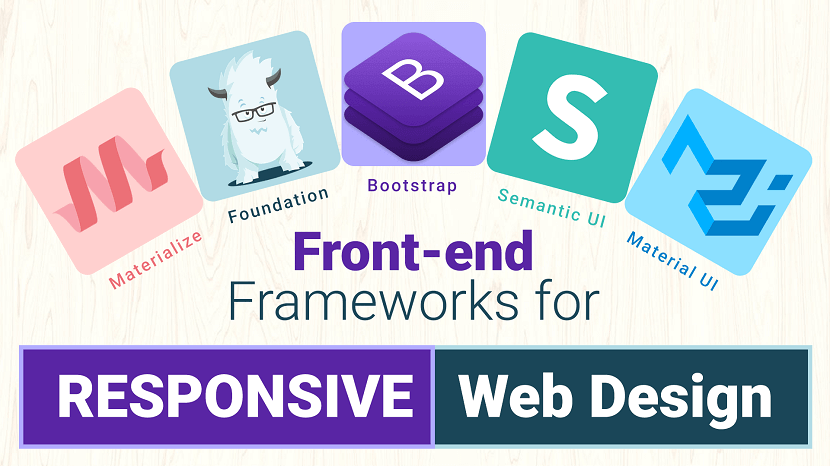
Front-end Frameworks for Responsive Web Design
Is CSS taking up a lot of time? Learn the benefits of CSS frameworks to get your website built faster than ever!
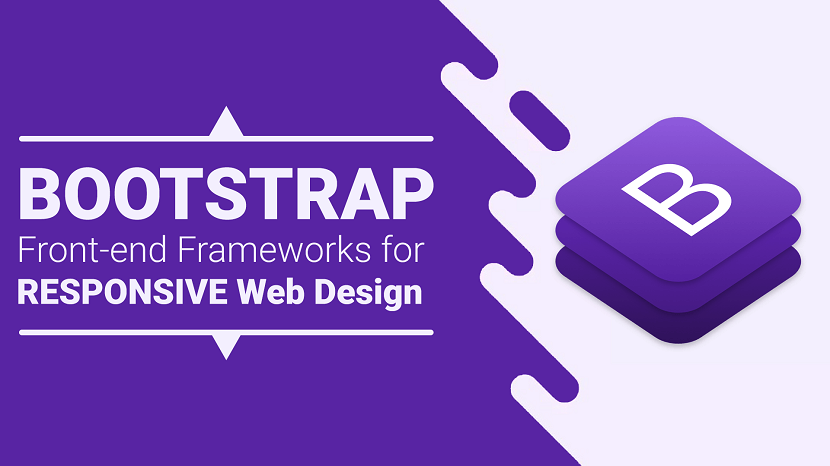
Bootstrap Front-end Frameworks for Responsive Web Design
Bootstrap is an intuitive and powerful front-end framework for developing responsive, mobile first projects on the web.
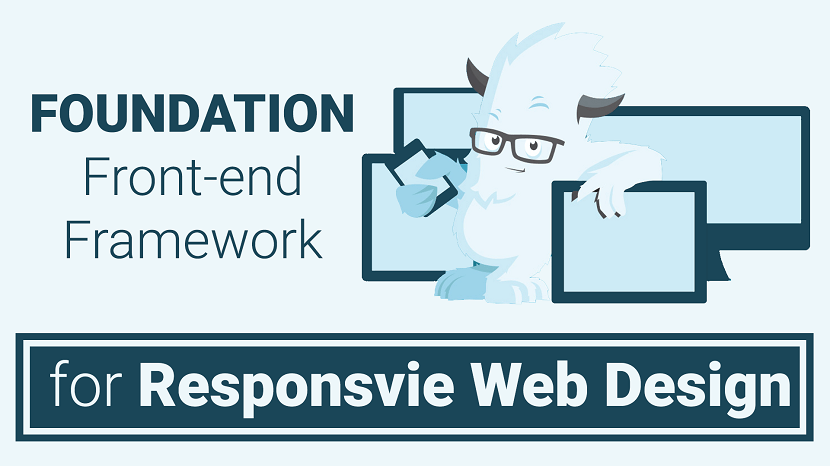
Foundation Front-end Frameworks for Responsive Web Design
Foundation is a CSS framework designed by ZURB in September 2011. It has responsive grid ( HTML & CSS) UI components, templates, and code snippets ...
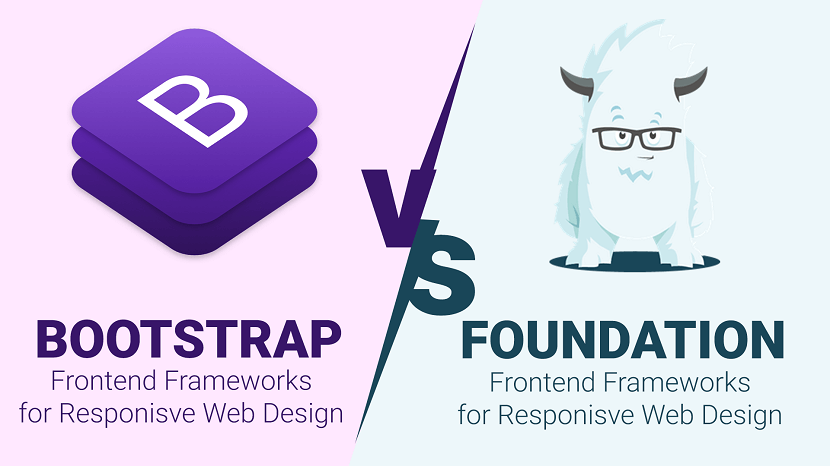
Bootstrap V/S Foundation Comparison
When it comes to being a developer and designer you usually always reach a crossroads of which CSS framework should you use?
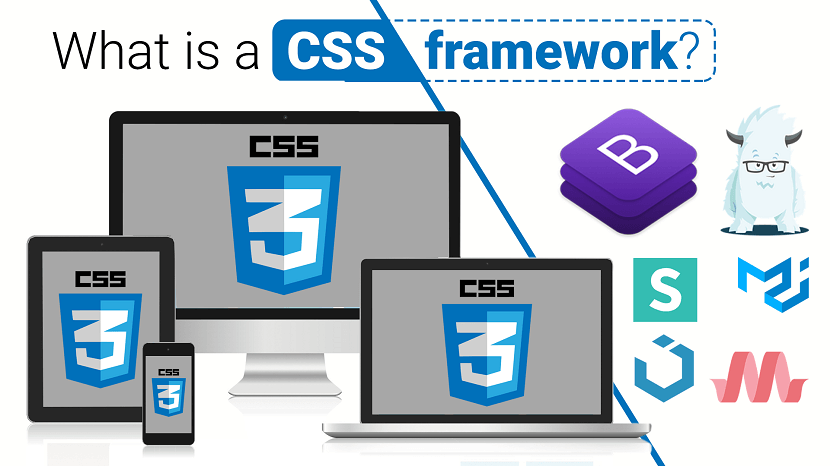
What is a CSS framework
When it comes to being a developer and designer you usually always reach a crossroads of which CSS framework should you use?
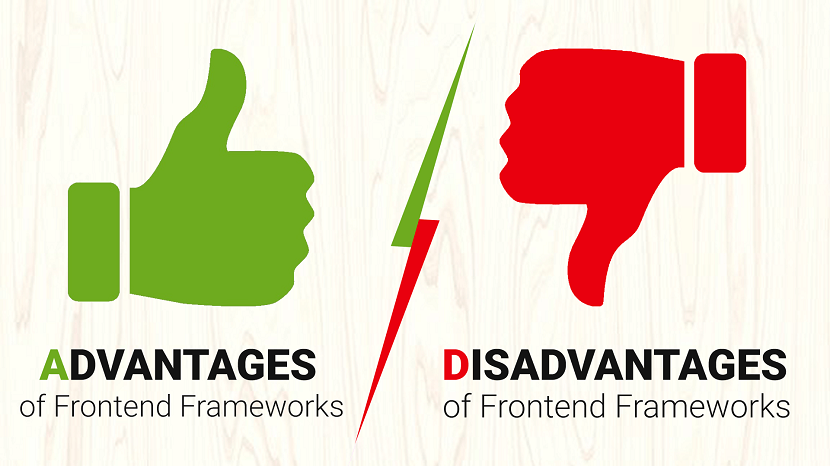
Advantages and Disadvantages of Front-end Frameworks
As developers, we often find ourselves looking for ways to be more efficient. For many of us, this means turning to front-end frameworks.
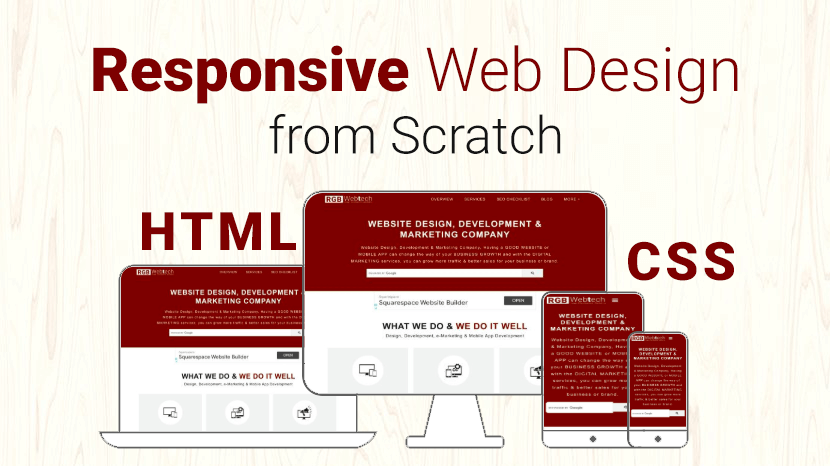
How to Make a Responsive Website from scratch
You can create custom responsive designs using just HTML and CSS only. Some of the great responsive email templates are designed...
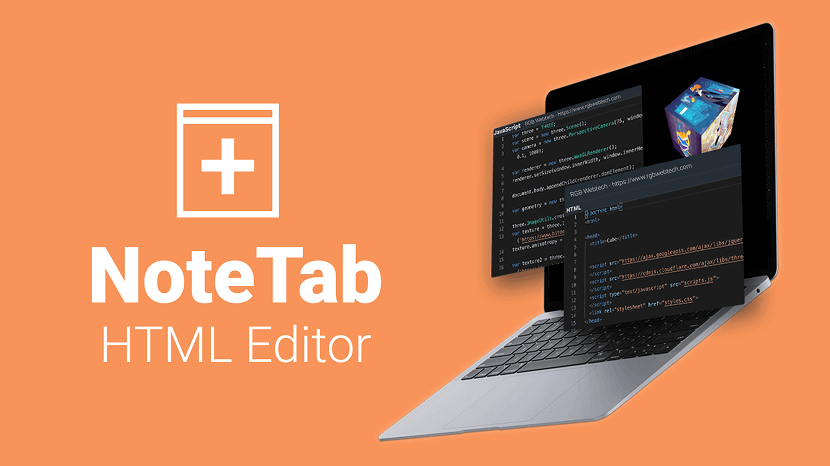
NoteTab HTML Editor
NoteTab is a freeware/commercial, multi-file, full-screen text editor for MS Windows. It was developed by Eric Fookes of Fookes Software, Switzerland.
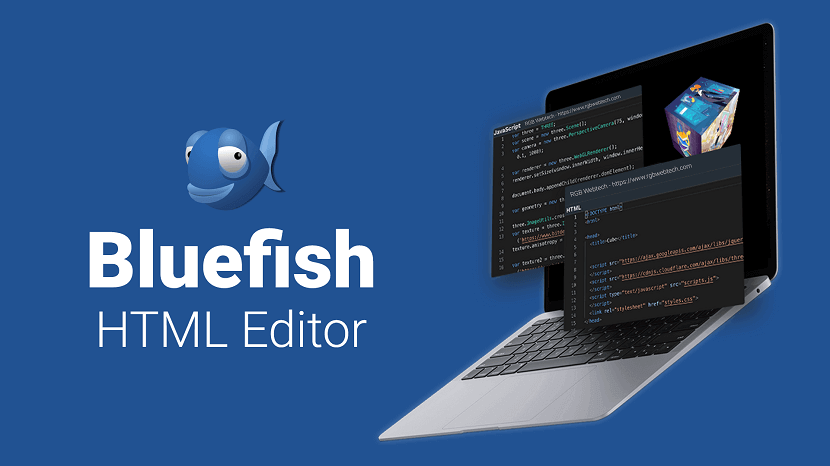
Bluefish HTML Editor
Bluefish is a powerful editor targeted towards programmers and web developers, with many options to write websites, scripts and programming code.
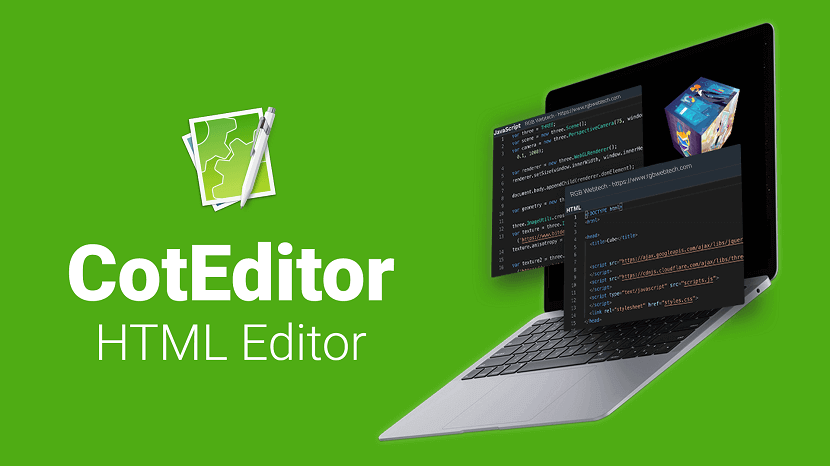
CotEditor HTML Editor
CotEditor, designed for macOS, offers seamless functionality, quick launch, and a native feel, letting you start writing instantly.
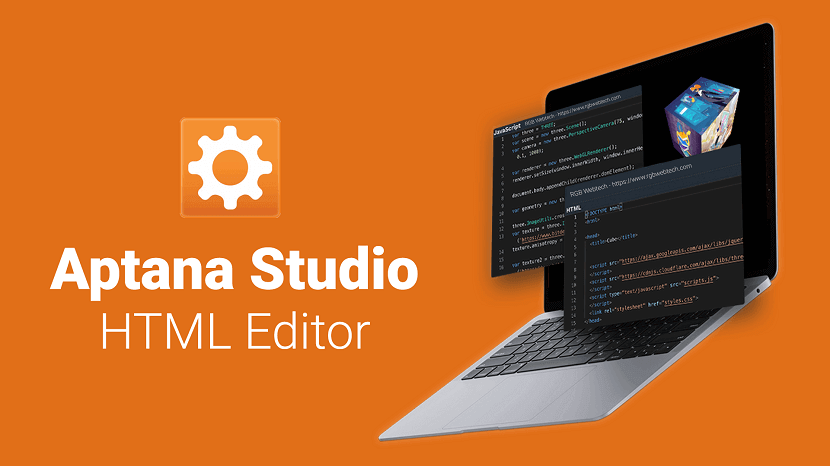
Aptana Studio HTML Editor
Aptana Studio is an open-source integrated development environment (IDE) for building web applications. Based on Eclipse, it supports JavaScript, HTML ...
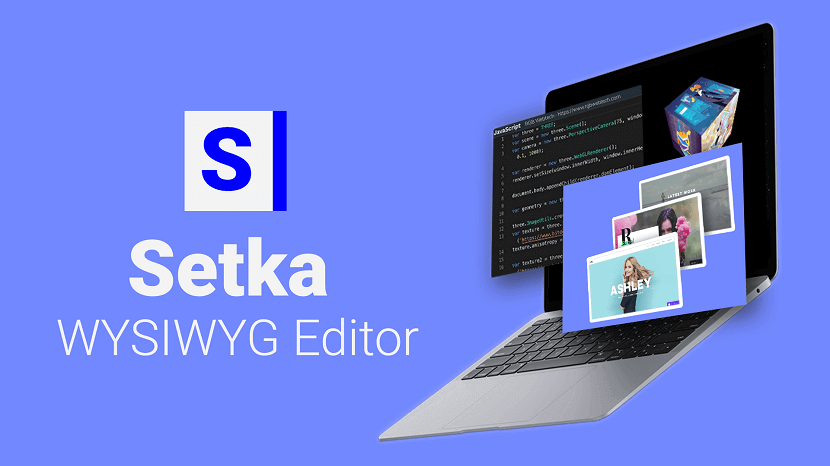
Setka WYSIWYG Editor
Setka Editor is a content editing platform with a no-code WYSIWYG editor and a channel-agnostic framework. This allows remote teams of any size ...
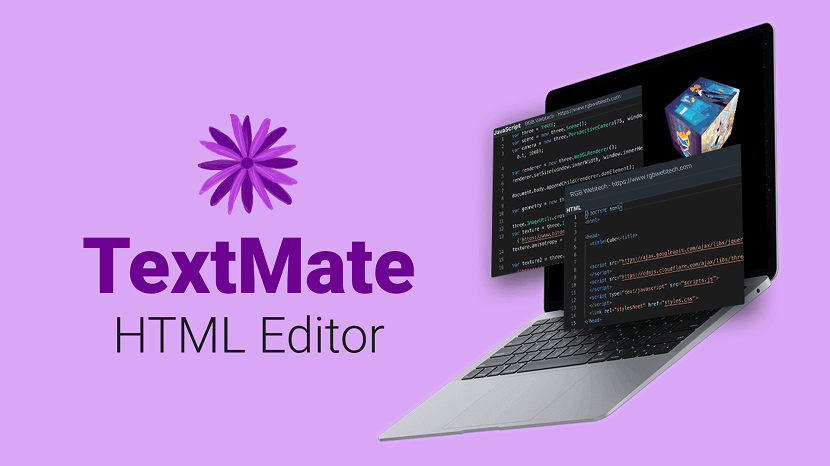
TextMate HTML Editor
TextMate for Mac brings Apple's approach to operating systems into the world of text editors. By bridging UNIX underpinnings and GUI, ...
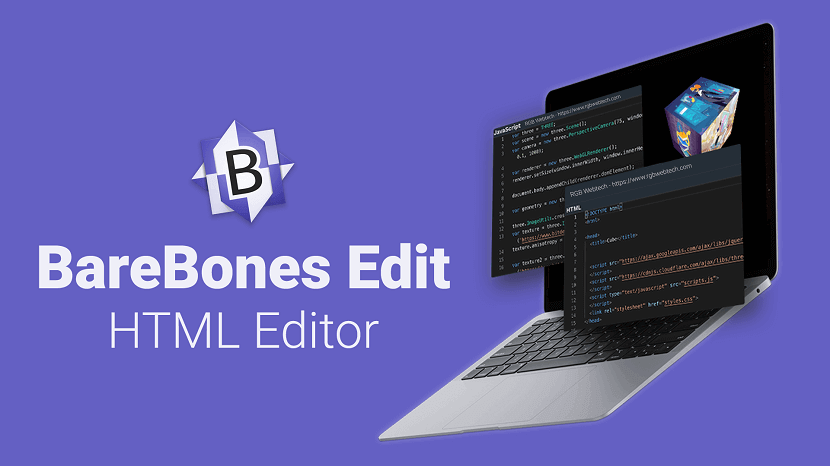
BareBonesEdit HTML Editor
Bare Bones Software is a private North Chelmsford, Massachusetts, United States software company developing software tools for the Apple Macintosh ...
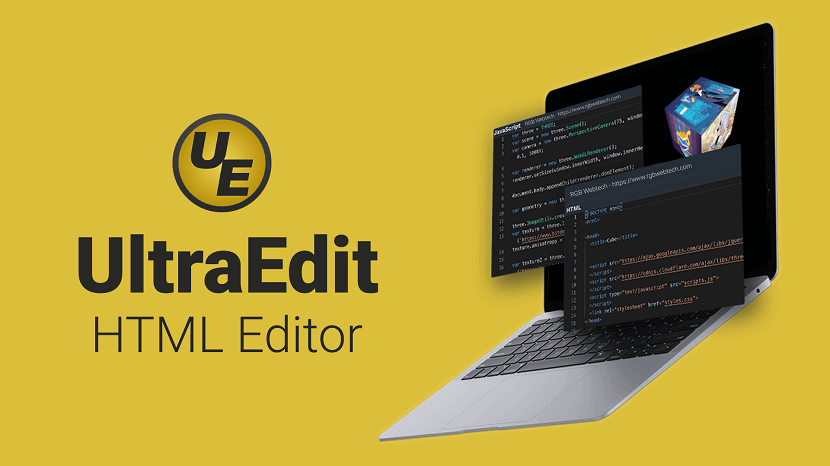
UltraEdit HTML Editor
UltraEdit is a commercial text editor for Microsoft Windows, Linux and OS X created in 1994 by the founder of IDM Computer Solutions Inc., Ian D. Mead.

Kompozer WYSIWYG Editor
KompoZer is a discontinued open source WYSIWYG HTML editor based on the Nvu editor, which was itself derived from the composer component of ...
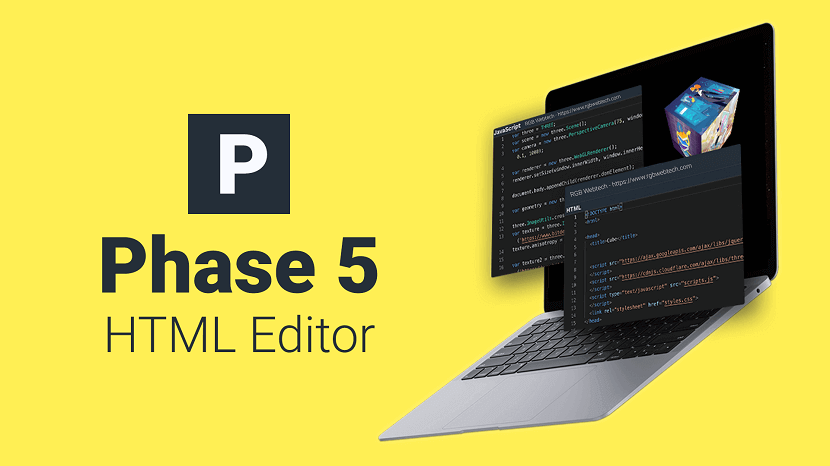
Phase 5 HTML Editor
Phase 5 is an impressive German HTML editor. It is freeware but only for Schools and Home users. It support different languages such as HTML, PHP, Java..

Editor.js WYSIWYG Editor
Editor.js is an open-source editor. It allows you to edit blocks of content that you can move around and reorder.
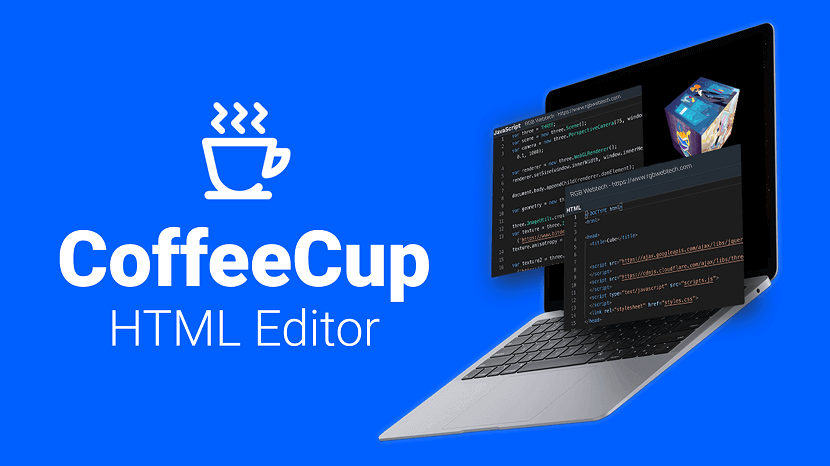
CoffeeCup HTML Editor
CoffeeCup is a powerful Form Builder for advanced users, with many premium features that will boost your marketing campaigns with plenty of leads
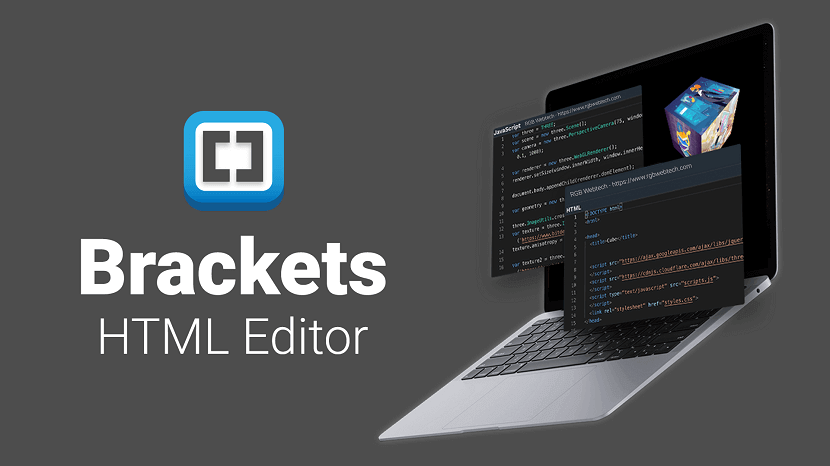
Brackets HTML Editor
Brackets is a source code editor with a primary focus on web development. Created by Adobe Systems, it is free and open-source software.
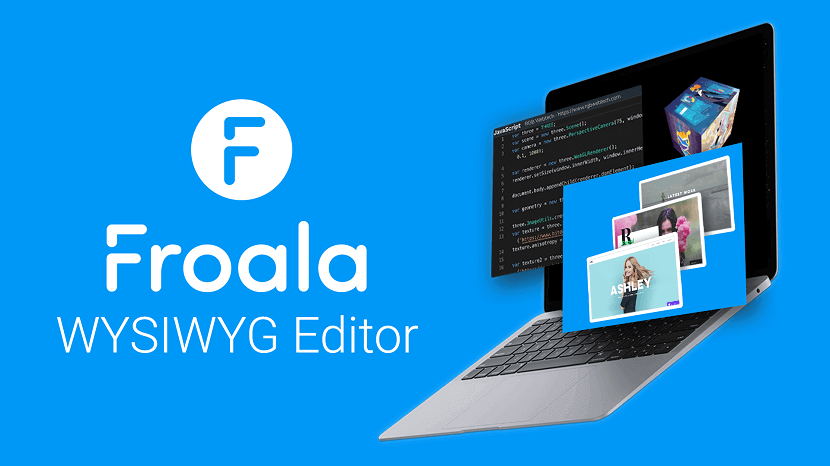
Froala WYSIWYG Editor
Froala is a lightweight, JavaScript-based WYSIWYG HTML editor with rich text features, rapid extensions, and a clean, user-friendly design.
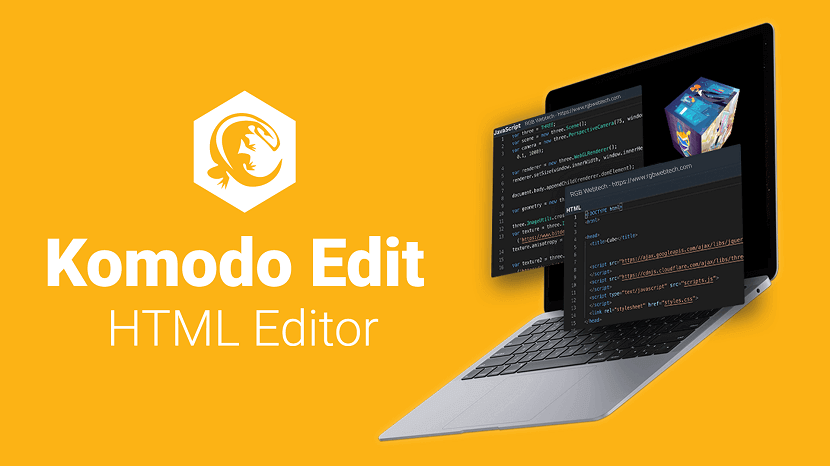
Komodo Edit HTML Editor
It is a free and fast HTML editor for numerous platforms such as macOS X, Windows, and Linux. It supports multiple languages such as HTML5, PHP, Perl etc.
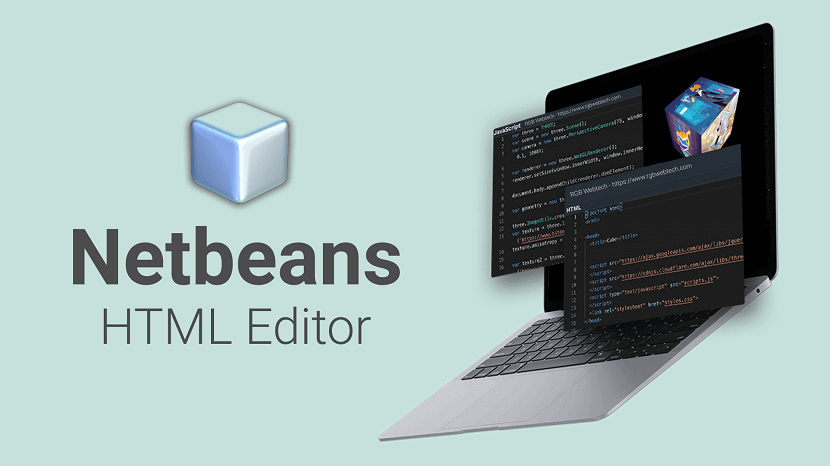
NetBeans HTML Editor
NetBeans is an integrated development environment (IDE) for Java. NetBeans allows applications to be developed from a set of modular software components
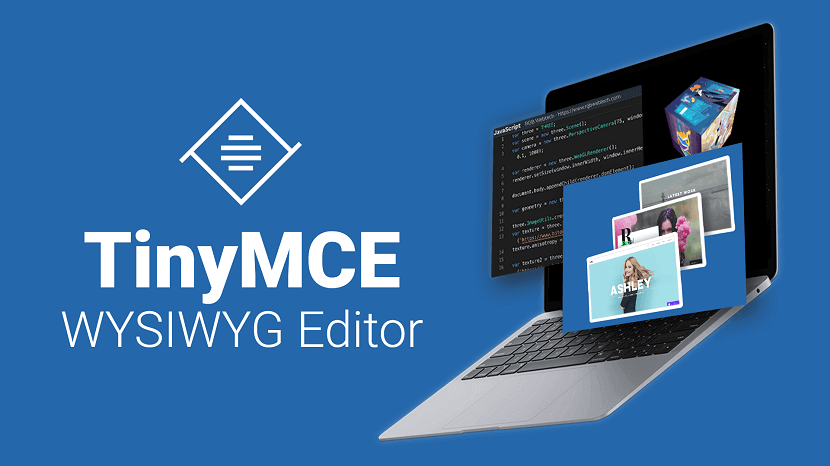
TinyMCE WYSIWYG Editor
TinyMCE is the rich text editor, the goal of TinyMCE is to help other developers build beautiful web content solutions.
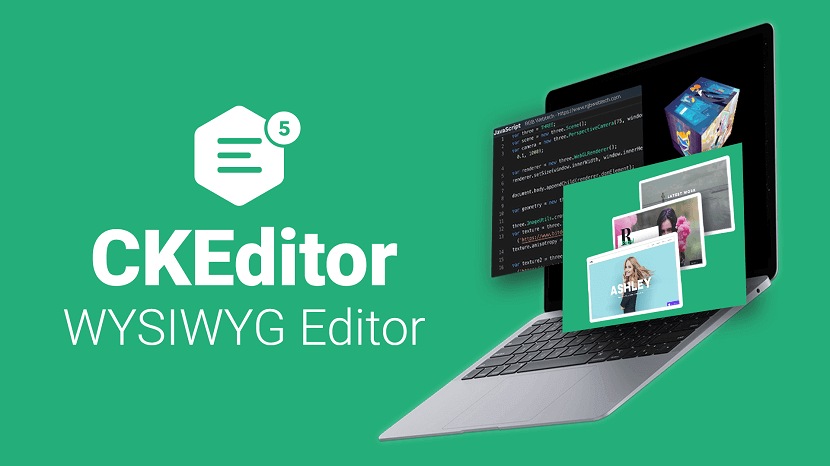
CKEditor WYSIWYG Editor
CKEditor 4 is a browser-based rich text editor with a plugin-based architecture, enabling seamless content processing and easy customization.
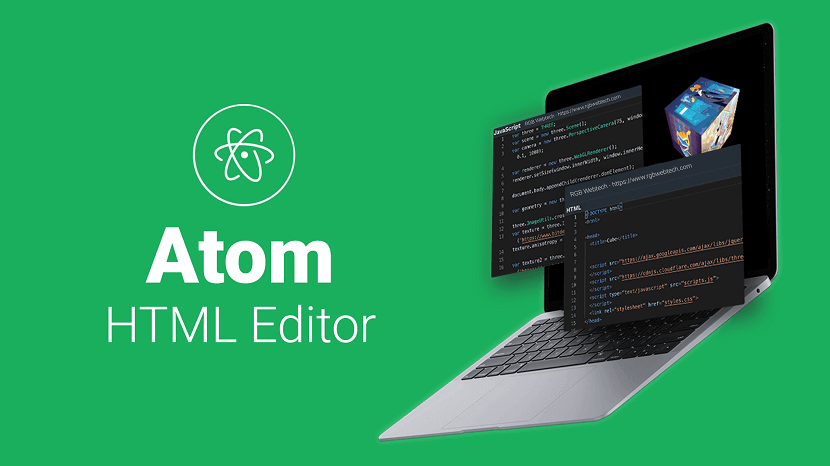
Atom HTML Editor
Atom is a free, open-source code editor developed by GitHub, offering a customizable environment with a free software license for its packages.
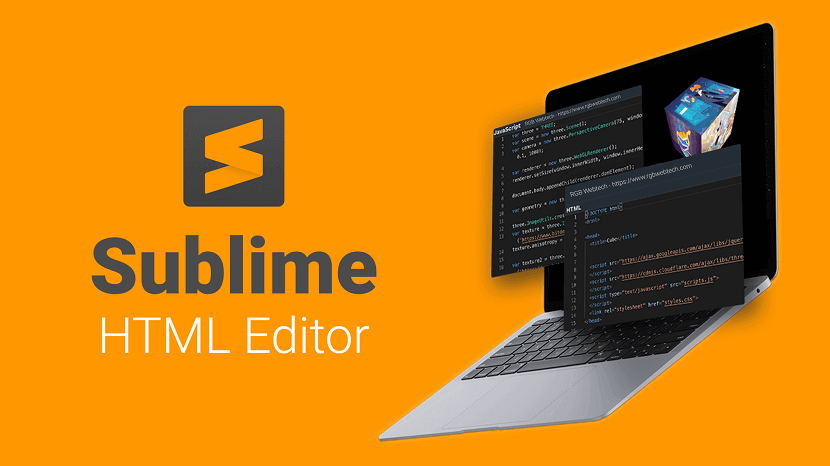
Sublime Text HTML Editor
Sublime is another excellent free HTML editor. Freemium means that you can use Sublime for free, but you have to buy a license to enjoy the full features.
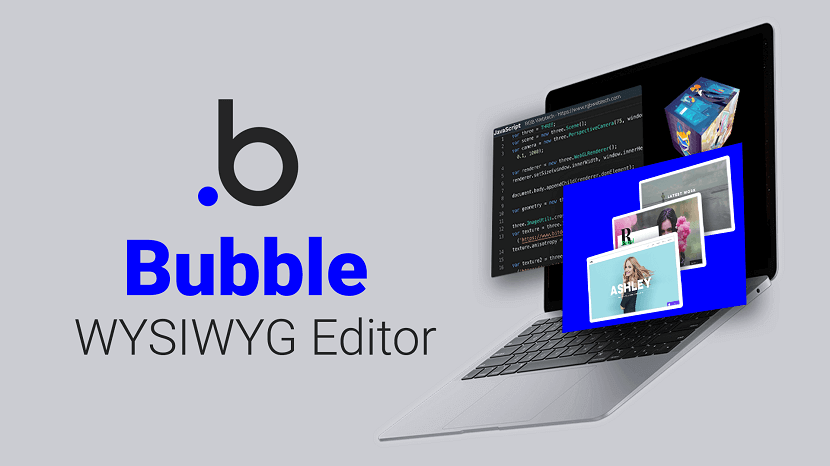
Bubble WYSIWYG Editor
Bubble is ideal for creating and launching fully-functional web applications in a fraction of the time it would take to build them from scratch.

Notepad++ HTML Editor
Notepad++ is a free HTML editor that was developed for Windows-based machines. This editor is distributed as free software and its repository is also ...
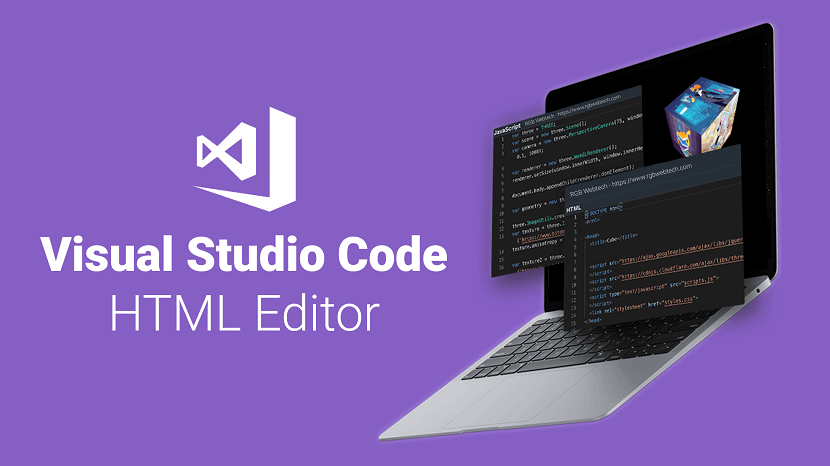
Visual Studio Code HTML Editor
Visual Studio Code is one of the most popular and powerful text editors used by software engineers today.
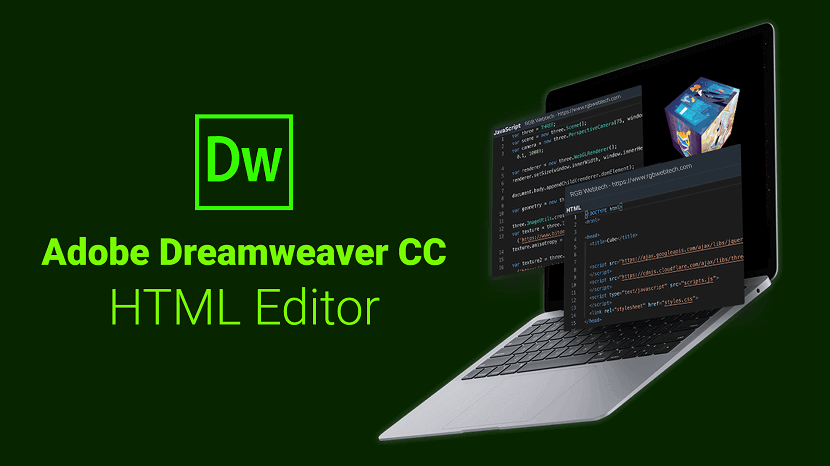
Adobe Dreamweaver CC HTML Editor
Learn about Adobe Dreamweaver and 5 reasons to start using this powerful software tool to quickly build websites and web applications.

HTML Editors and WYSIWYG Editors for Web Design and Development
Want to write clean code faster? An HTML and CSS code editor can help. Discover the perks of having a code editor and see the top options for this year.

Best HTML Editors
HTML editor is a tool that helps you to edit and create HTML code. It is a text-based tool which lets you edit your source code directly.

Best WYSIWYG HTML Editors
Best HTML WYSIWYG Editor from our top picks based on features you need for creating or enhancing your website.
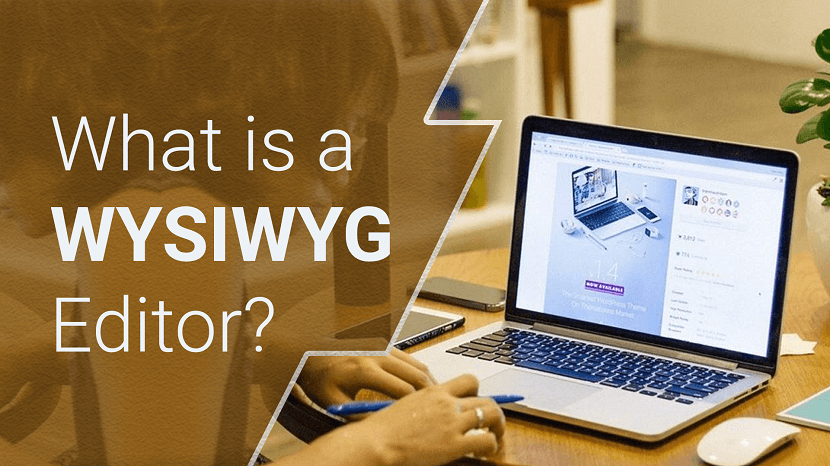
What is a WYSIWYG Editor
WYSIWYG stands forWYSIWYG stands for - What You See is What You Get. When an HTML editor is in WYSIWYG mode, the HTML page is rendered ...

What is a Textual HTML editor
As the name implies, textual HTML editors are text-based. You should have HTML knowledge when using these types of editors.

What is an HTML Editor
The very fundamentals of HTML editors are the same, they help you write code by highlighting syntaxes, insert commonly used HTML elements and structures
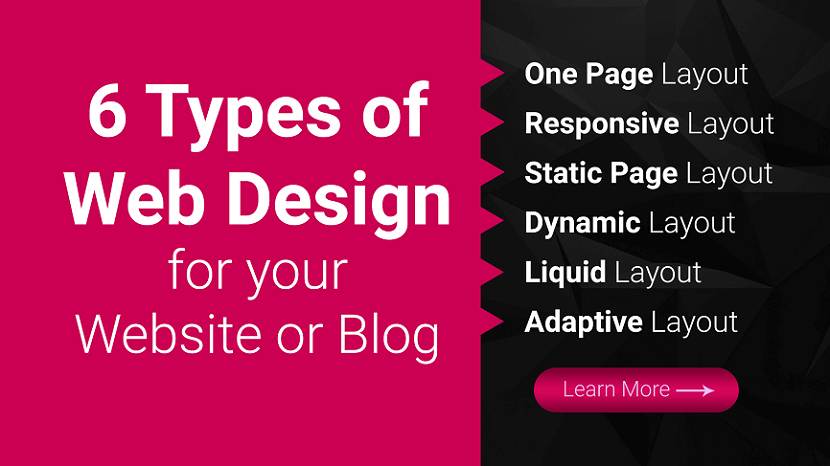
Types of Website Design
Ready to build your website but are not sure which web design format is best? Here are six of the most common web design layouts for your business.
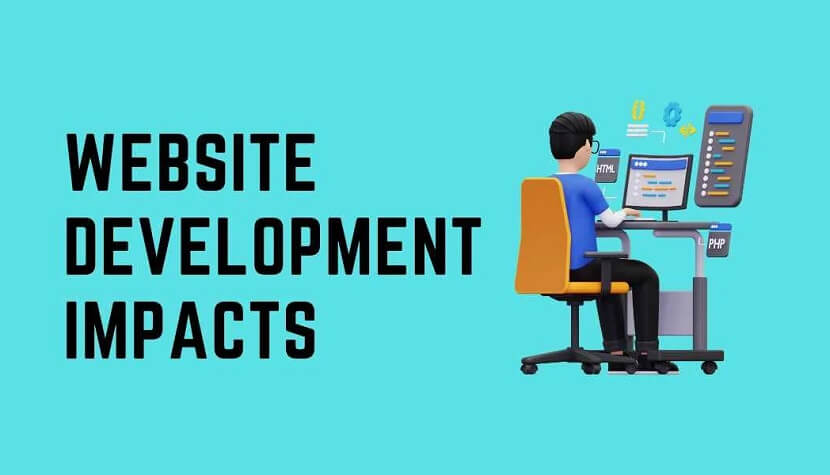
How Web Design and Development Impact Your Online Presence
Discover the power of web design and development in shaping your online presence. Create captivating user experiences and drive success.

Optimizing Web Design for Slow Connections
Optimize web design for slow connections with lightweight images, minimal scripts, and efficient coding for a seamless user experience.

User Interface Design Tips for Better User Experience
Enhance UX with practical UI design tips: focus on simplicity, consistency, intuitive navigation, responsive layouts, and user feedback.

Best Website Builders for Blogs in 2025: Create a Blog Quickly and Easily
Top 5 blog website builders for 2025, including beginner-friendly solutions like Site.pro — perfect for both newcomers and professionals.
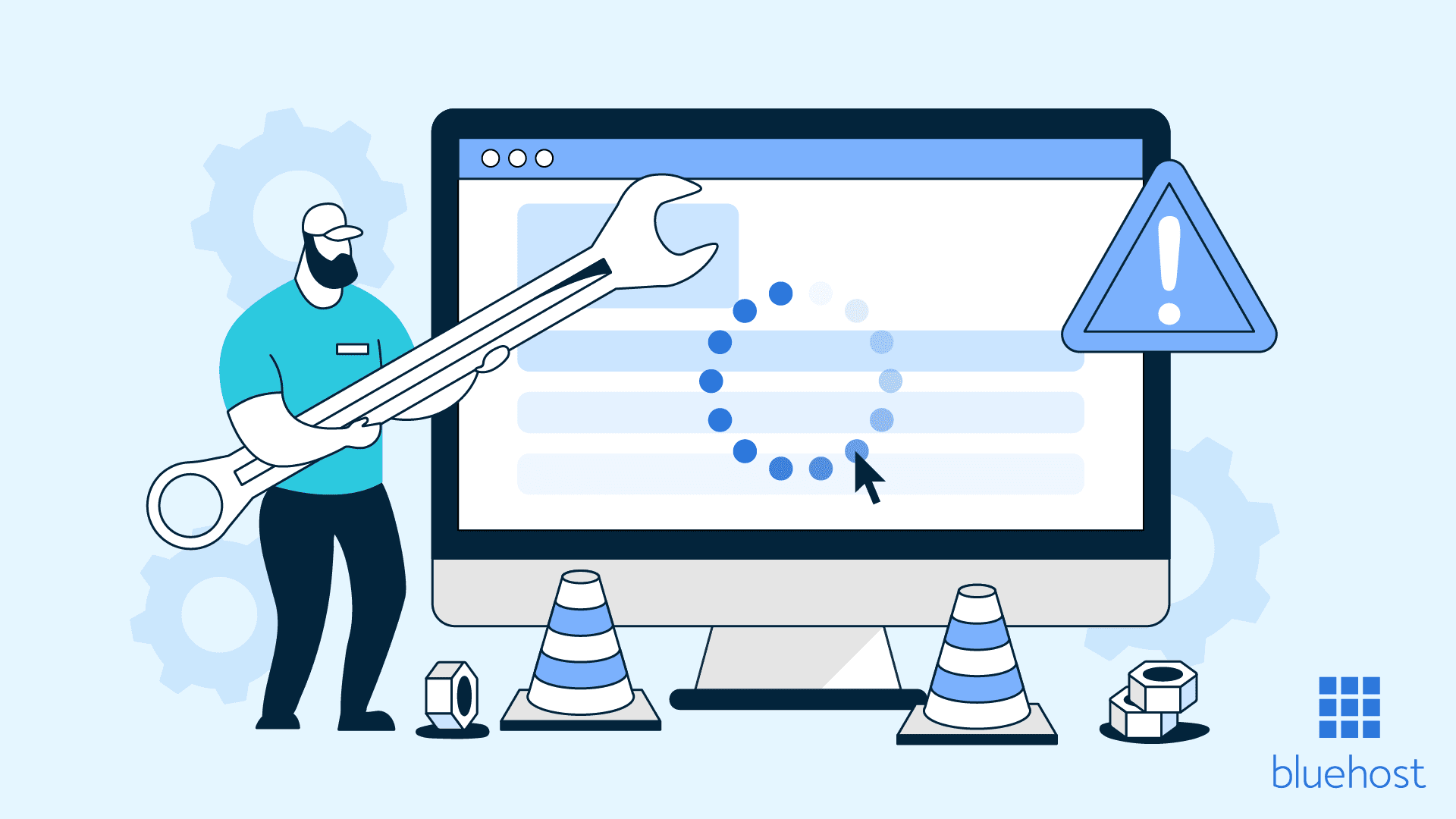
What to Do if Your Website Has Had Problems
Is your website not working properly? Learn what to do if your website has problems — from slow loading and broken links to SEO errors. Discover proven tips to fix website issues fast and improve performance.
